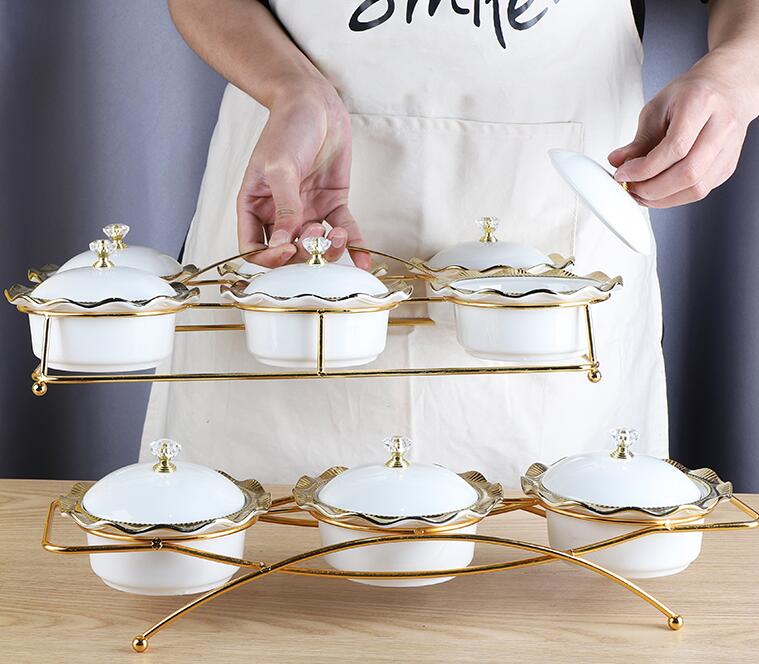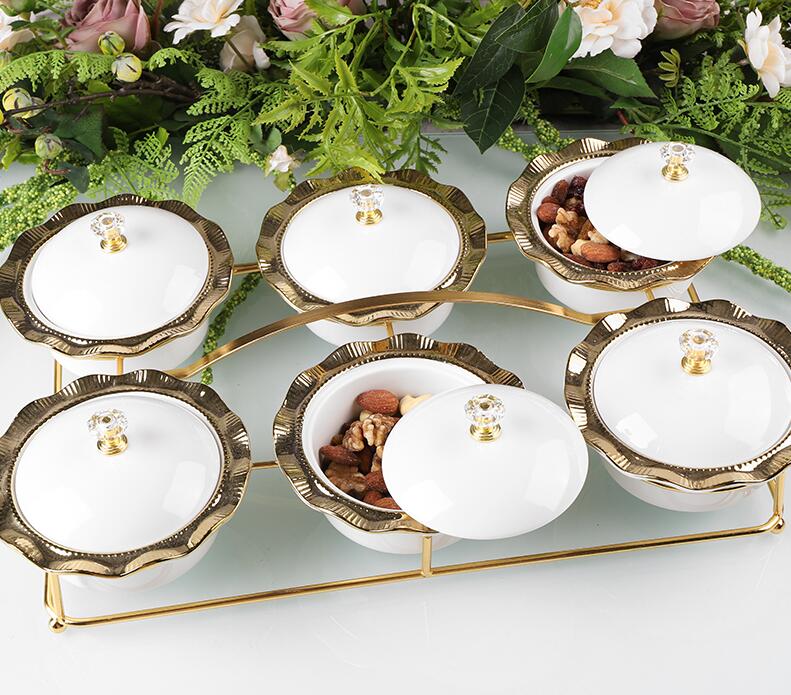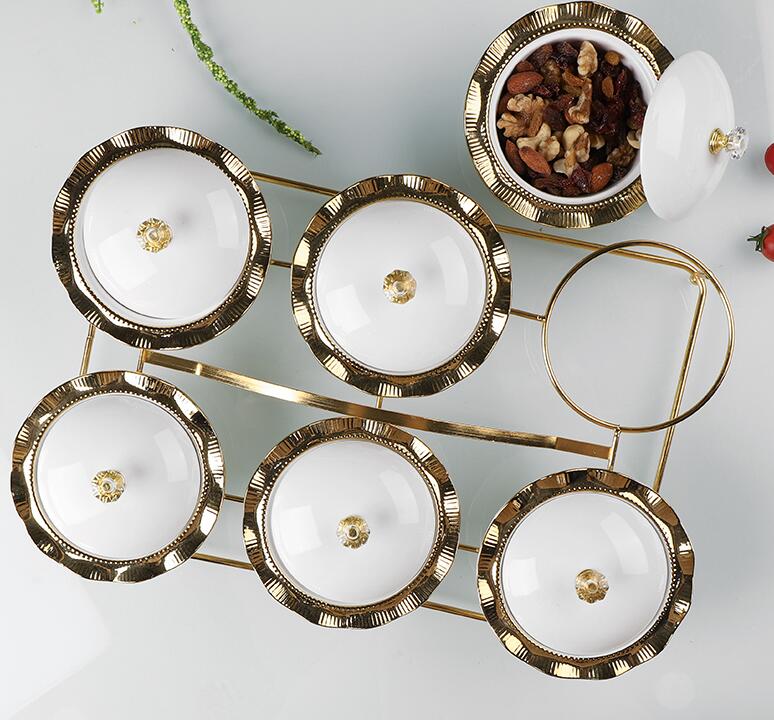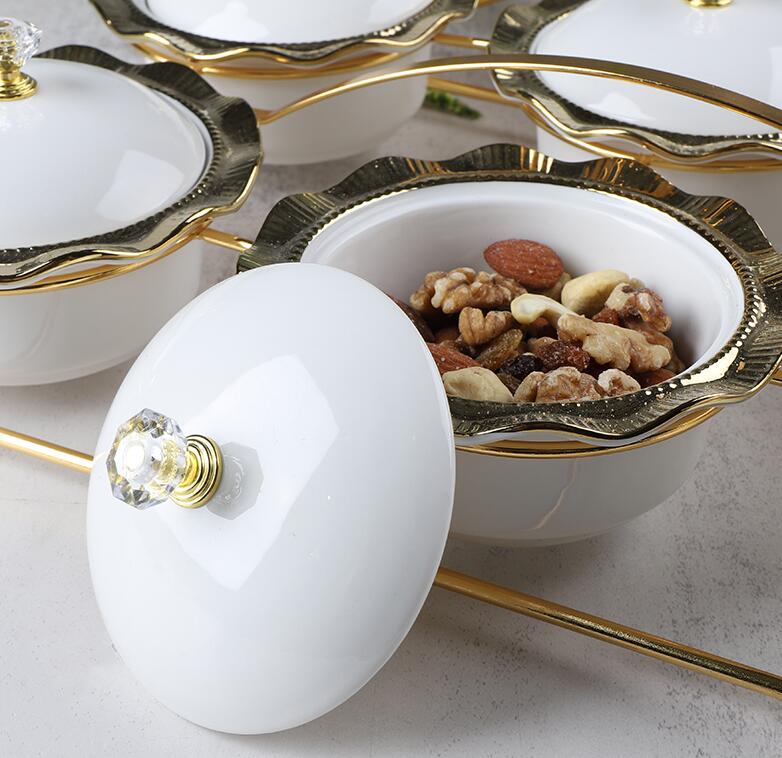Pulished on May. 20, 2024
Ceramic tableware is a popular choice for its aesthetic appeal, durability, and versatility. However, not all ceramic tableware is created equal.
Here are some key factors to consider when judging the quality of ceramic tableware:

1.Material Quality
Clay Type: High-quality ceramic tableware is usually made from fine, dense clay. Porcelain and bone china are considered top-tier ceramics due to their strength and translucency.
Stoneware is also a good option, known for its durability and heavier weight.
Glaze Quality: The glaze should be smooth, even, and free from bubbles or pinholes. High-quality glazes prevent the absorption of moisture and stains,
which is crucial for the longevity and hygiene of the tableware.
2.Craftsmanship

Uniformity: Check for consistent thickness and weight across all pieces. High-quality ceramics will have a uniform shape and size, indicating meticulous manufacturing processes.
Finish: The finish should be smooth, without rough spots or sharp edges. The bottoms of the pieces should be flat and stable, ensuring they sit evenly on surfaces.
Decoration: Any patterns or decorations should be well-applied and integrated into the glaze, not just painted on the surface.
High-quality ceramics often feature hand-painted designs or intricate patterns that show attention to detail.
3.Durability
Thermal Resistance: Quality ceramic tableware should be able to withstand high temperatures, making it suitable for use in microwaves, ovens, and dishwashers.
Check for labels indicating heat resistance.
Scratch Resistance: The surface should resist scratching from utensils. A scratch-resistant glaze indicates high durability and quality.

4.Functionality
Weight and Balance: Good-quality ceramic tableware should have a balanced weight that feels comfortable to hold. Plates should not be too heavy, and handles on cups should be ergonomic.
Practical Design: Consider the usability of the pieces. Are the bowls deep enough for soups? Are the plates wide enough for main courses?
Practical and thoughtful design enhances the functionality of the tableware.
5.Safety
Non-Toxic Materials: Ensure that the ceramic tableware is free from harmful substances like lead and cadmium. These can leach into food and pose health risks.
Look for certifications or labels indicating the tableware meets safety standards.
Food-Grade Certification: High-quality ceramic tableware should be certified for food safety. This certification ensures that the materials used are safe for contact with food and beverages.

6.Brand Reputation
Manufacturer's Reputation: Research the manufacturer's reputation. Brands known for their quality and craftsmanship are more likely to produce high-quality ceramic tableware.
Customer reviews and ratings can provide valuable insights.
Warranty and Return Policy: A good warranty or return policy is a sign that the manufacturer stands by the quality of their products. It also provides peace of mind in case of defects or dissatisfaction.
Judging the quality of ceramic tableware involves a careful examination of the material, craftsmanship, durability, functionality, safety, and the manufacturer's reputation.
By paying attention to these factors, you can ensure that you invest in ceramic tableware that is not only beautiful but also durable and safe for everyday use.